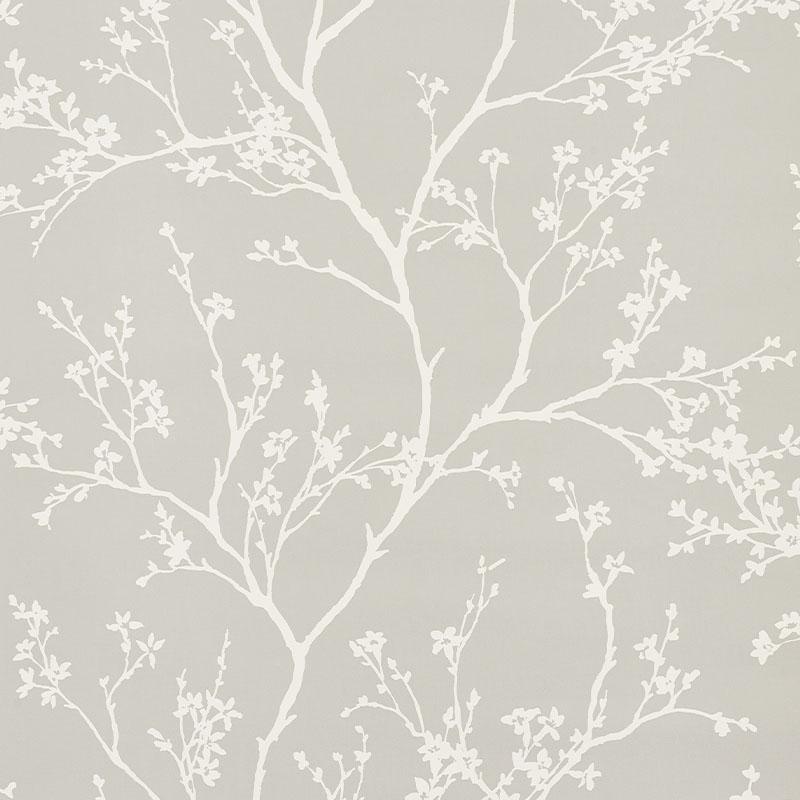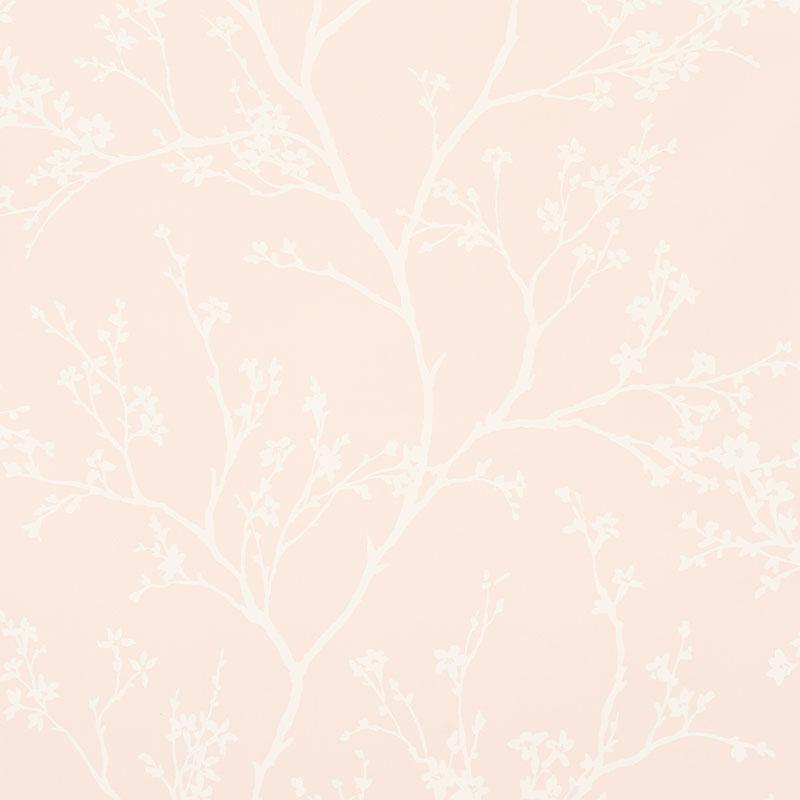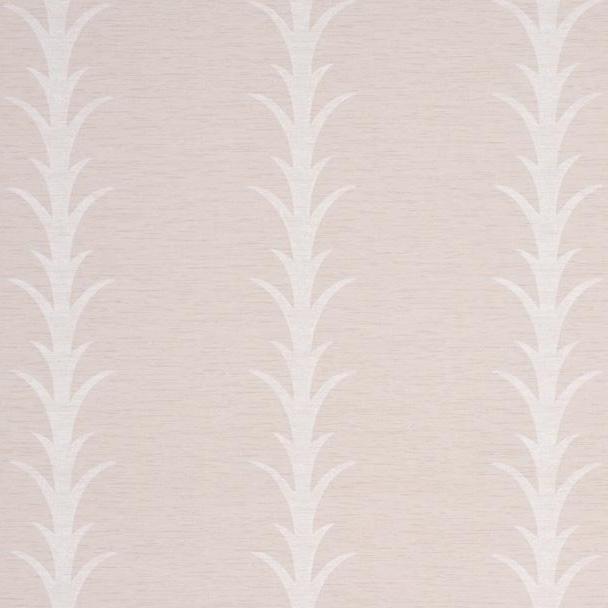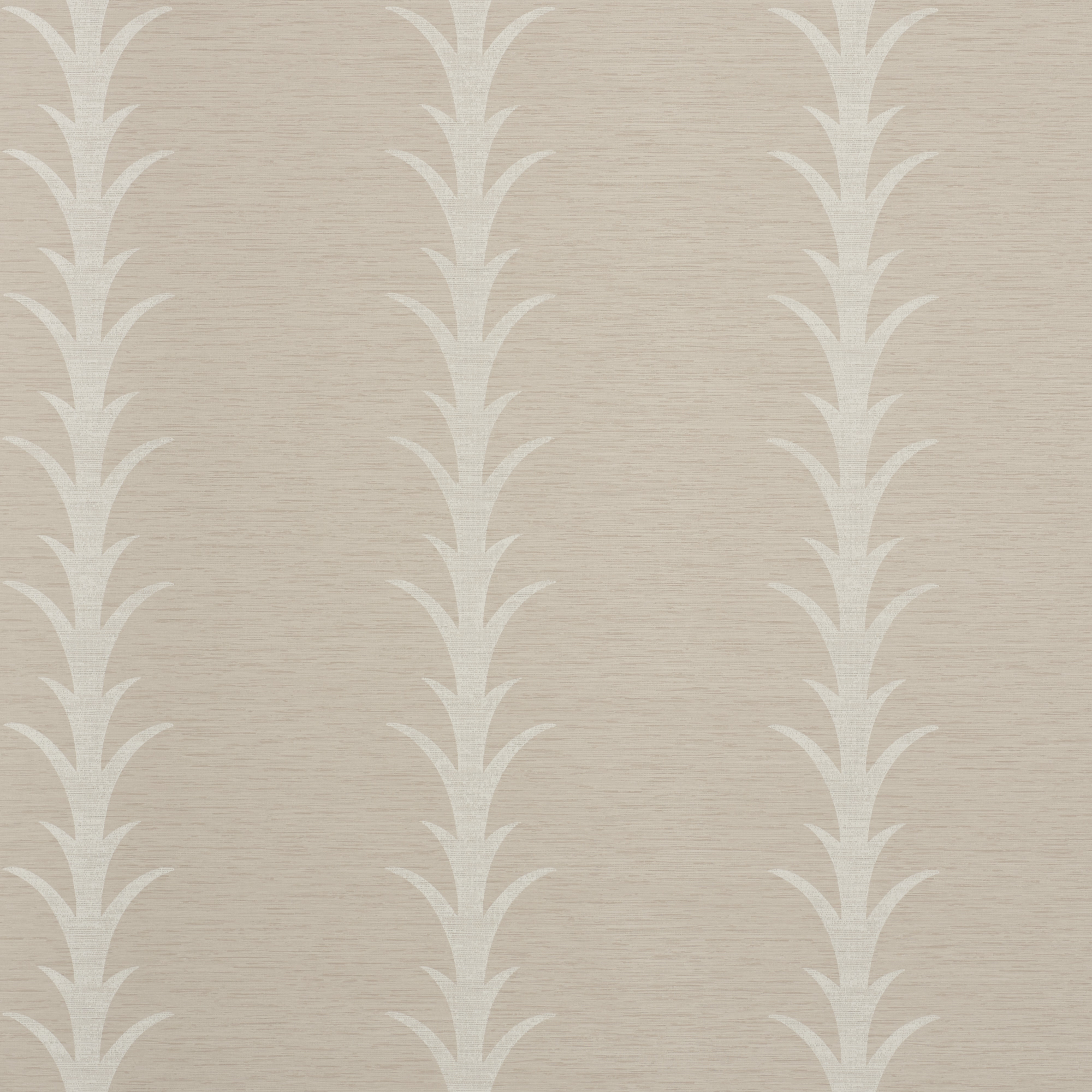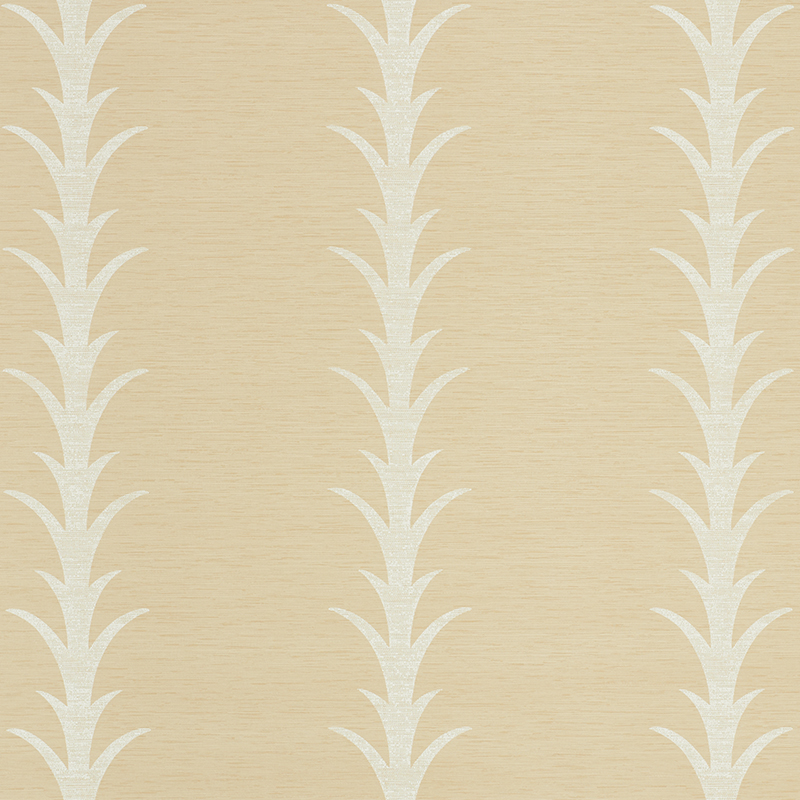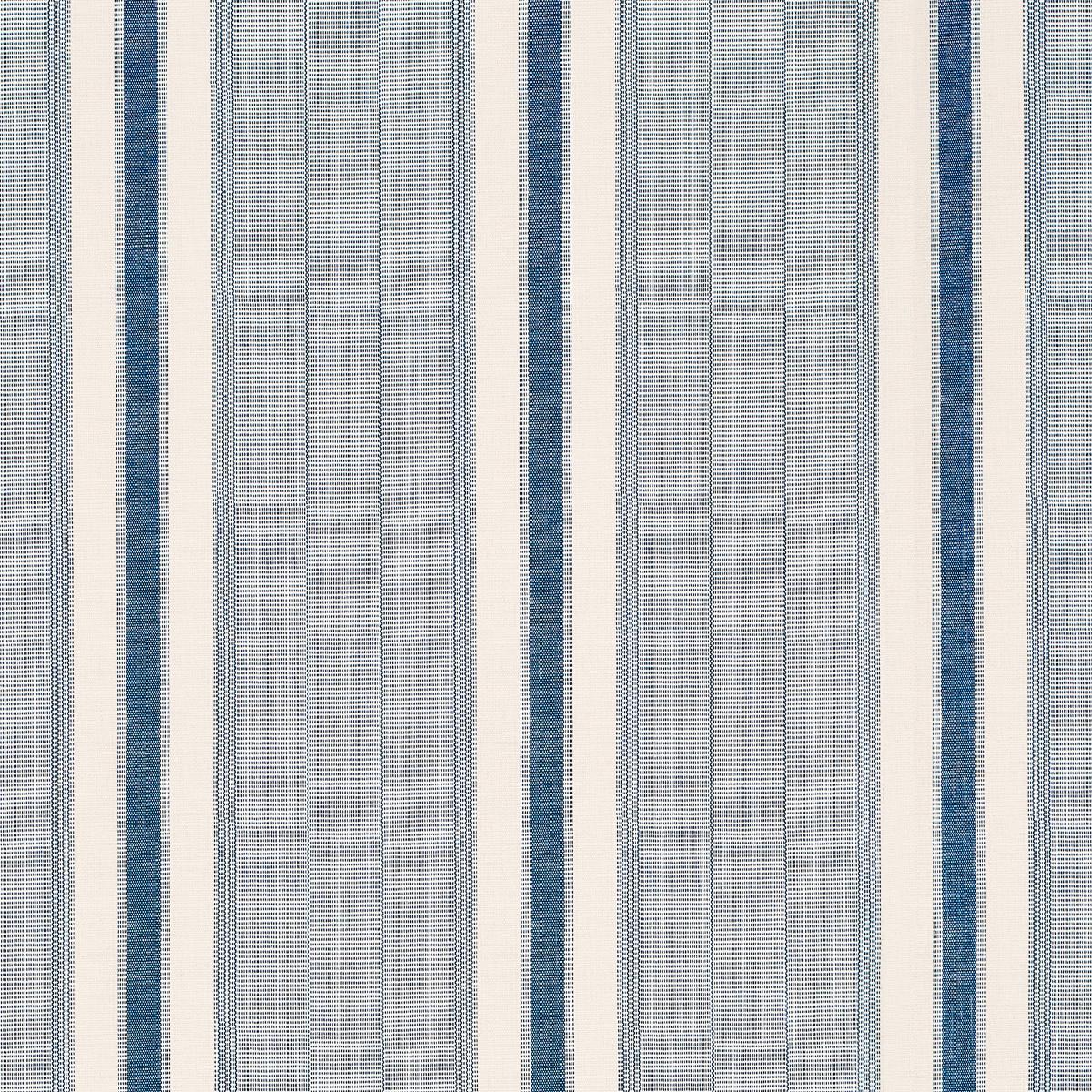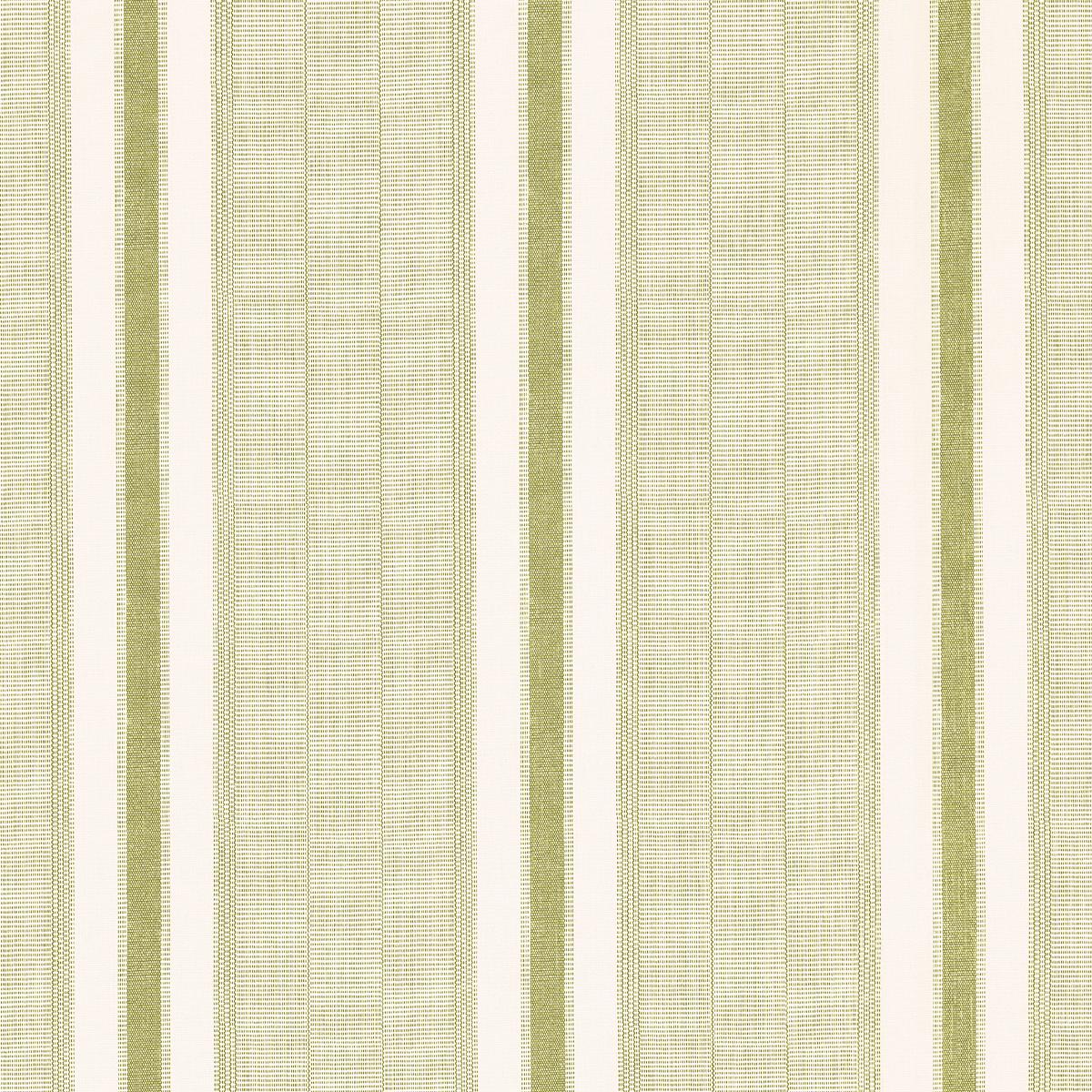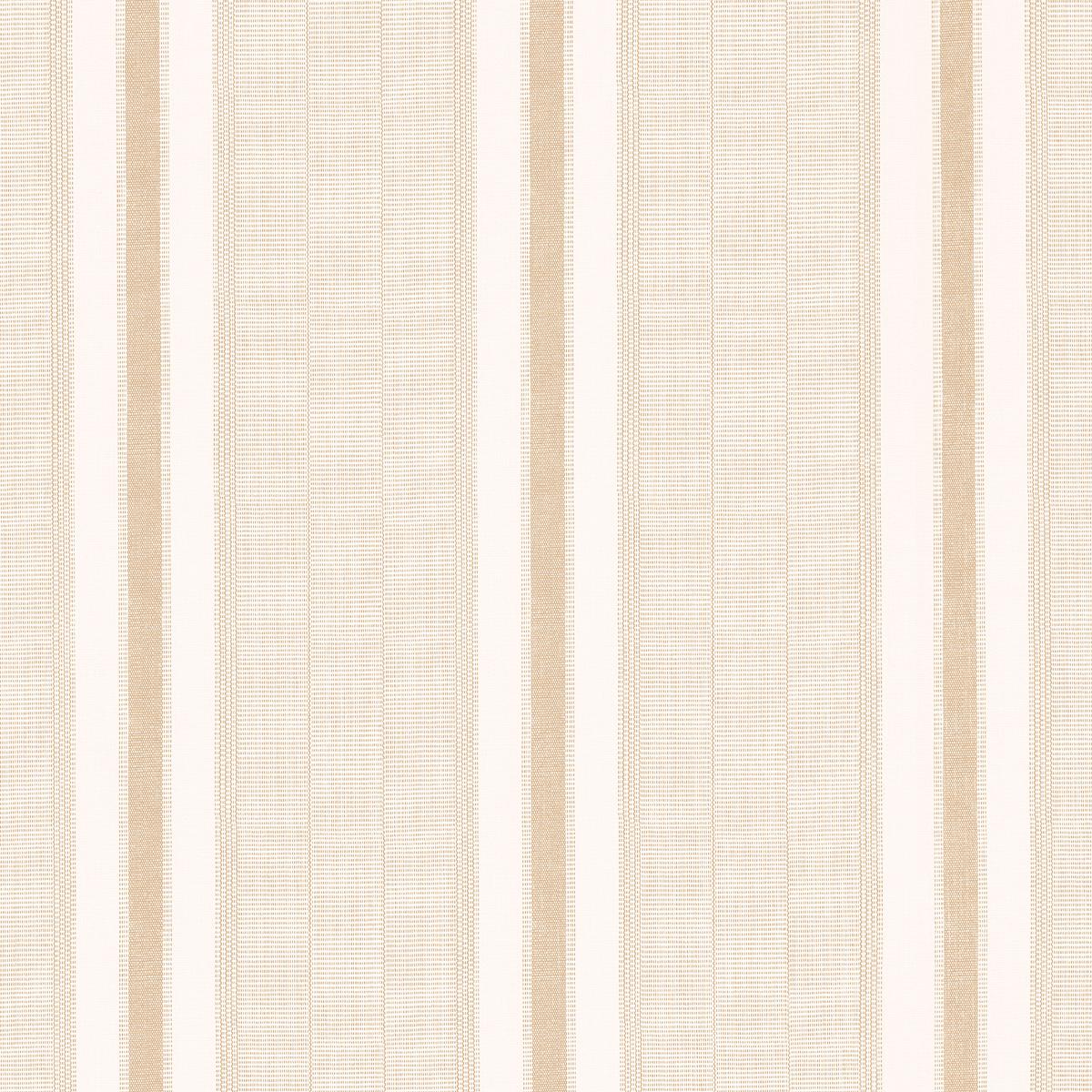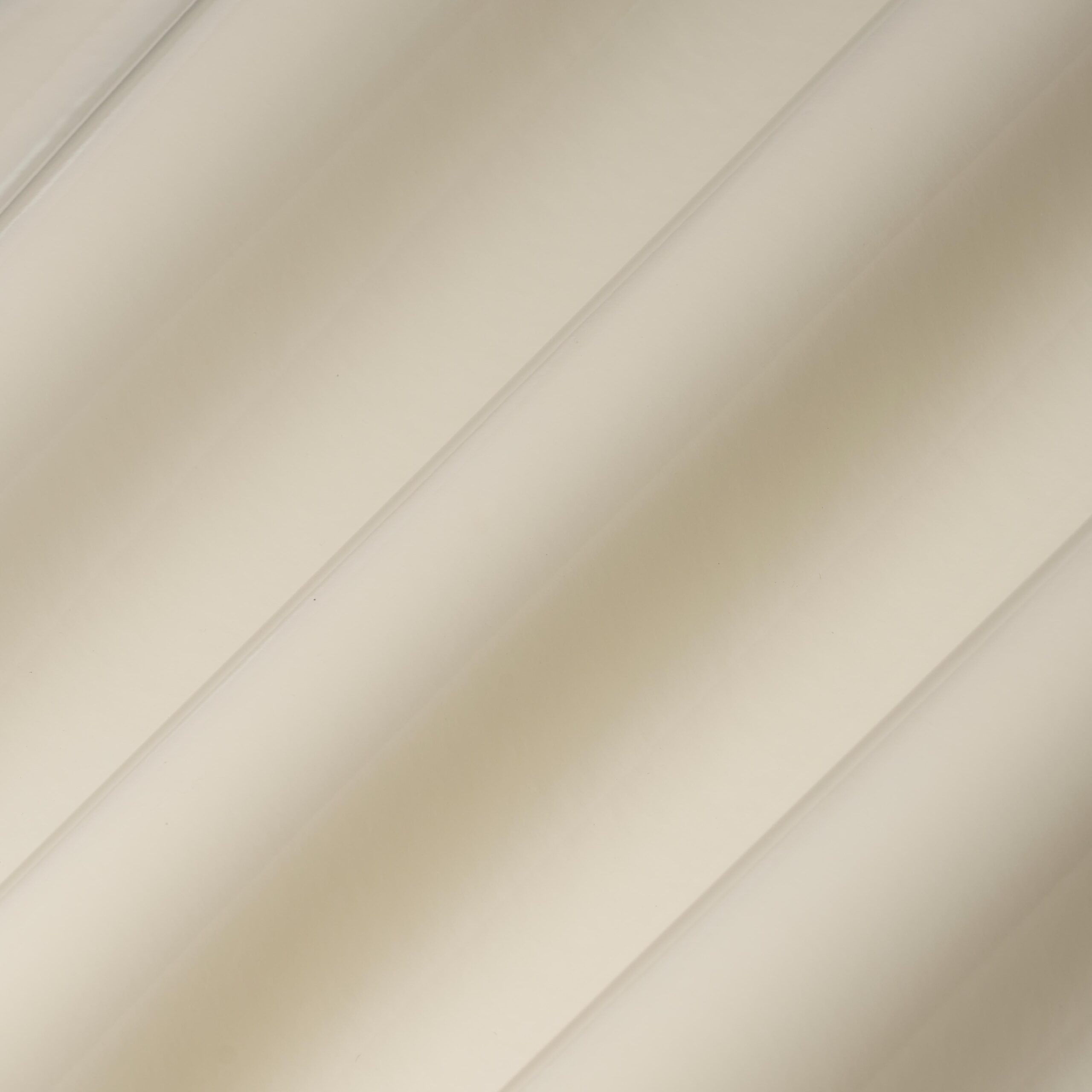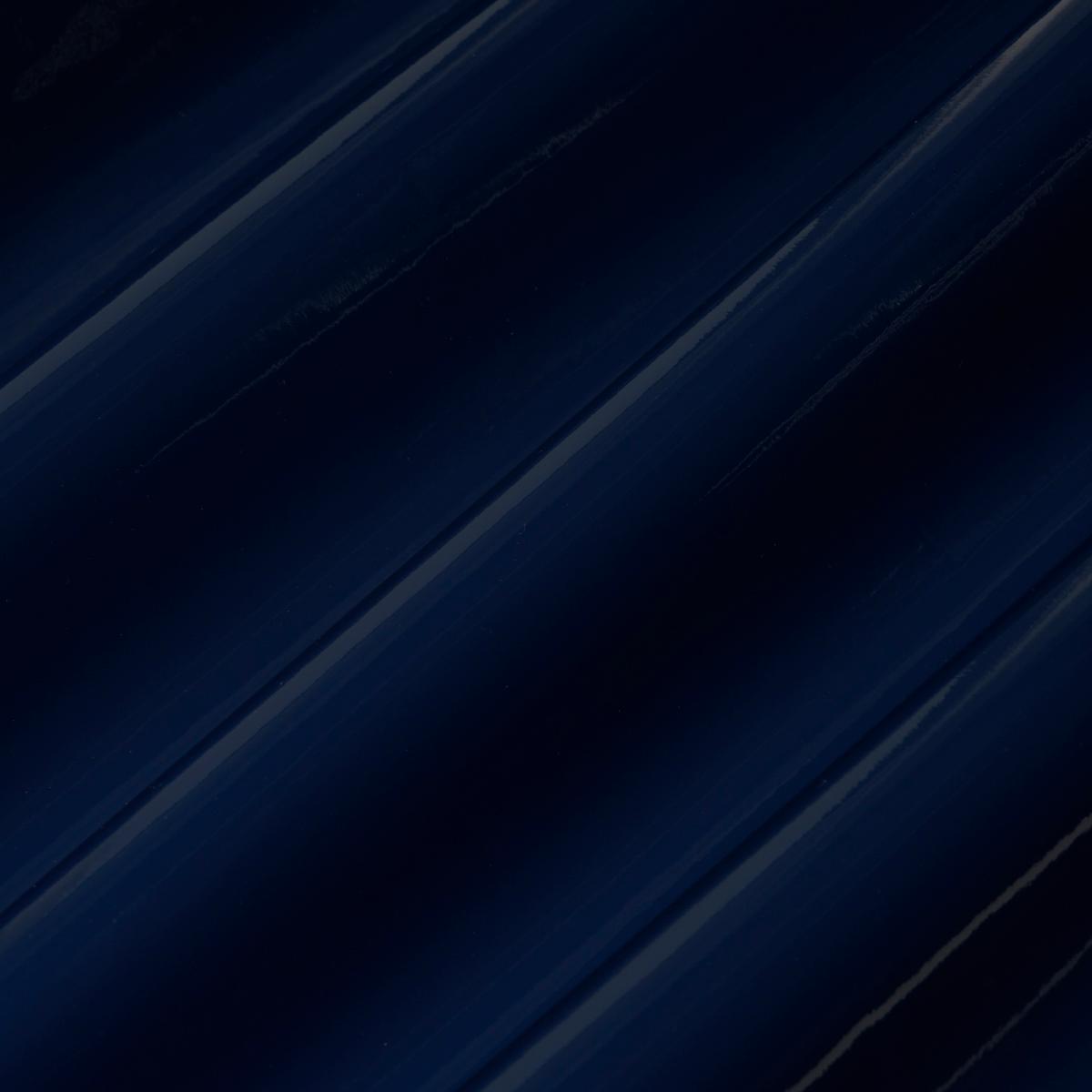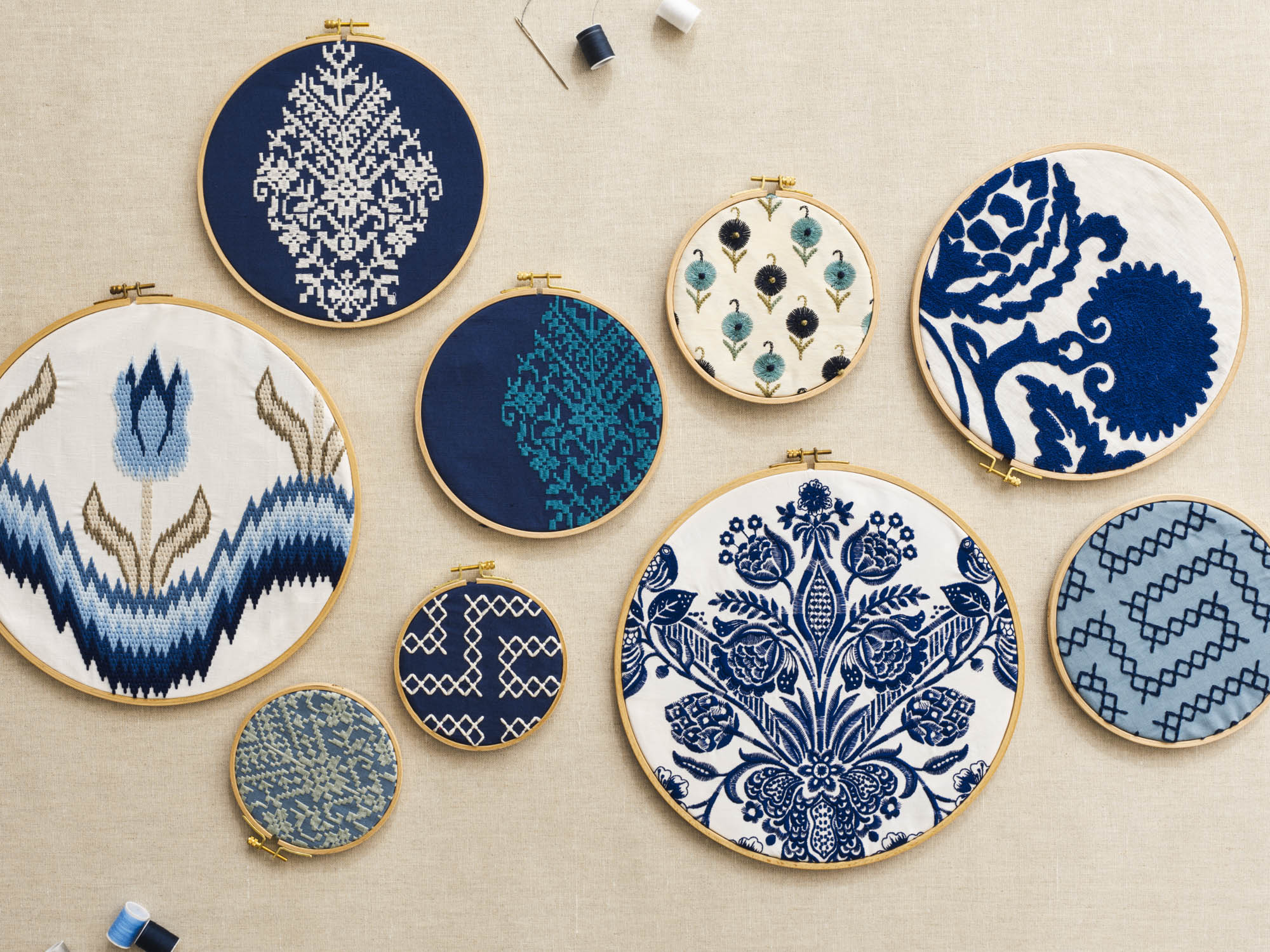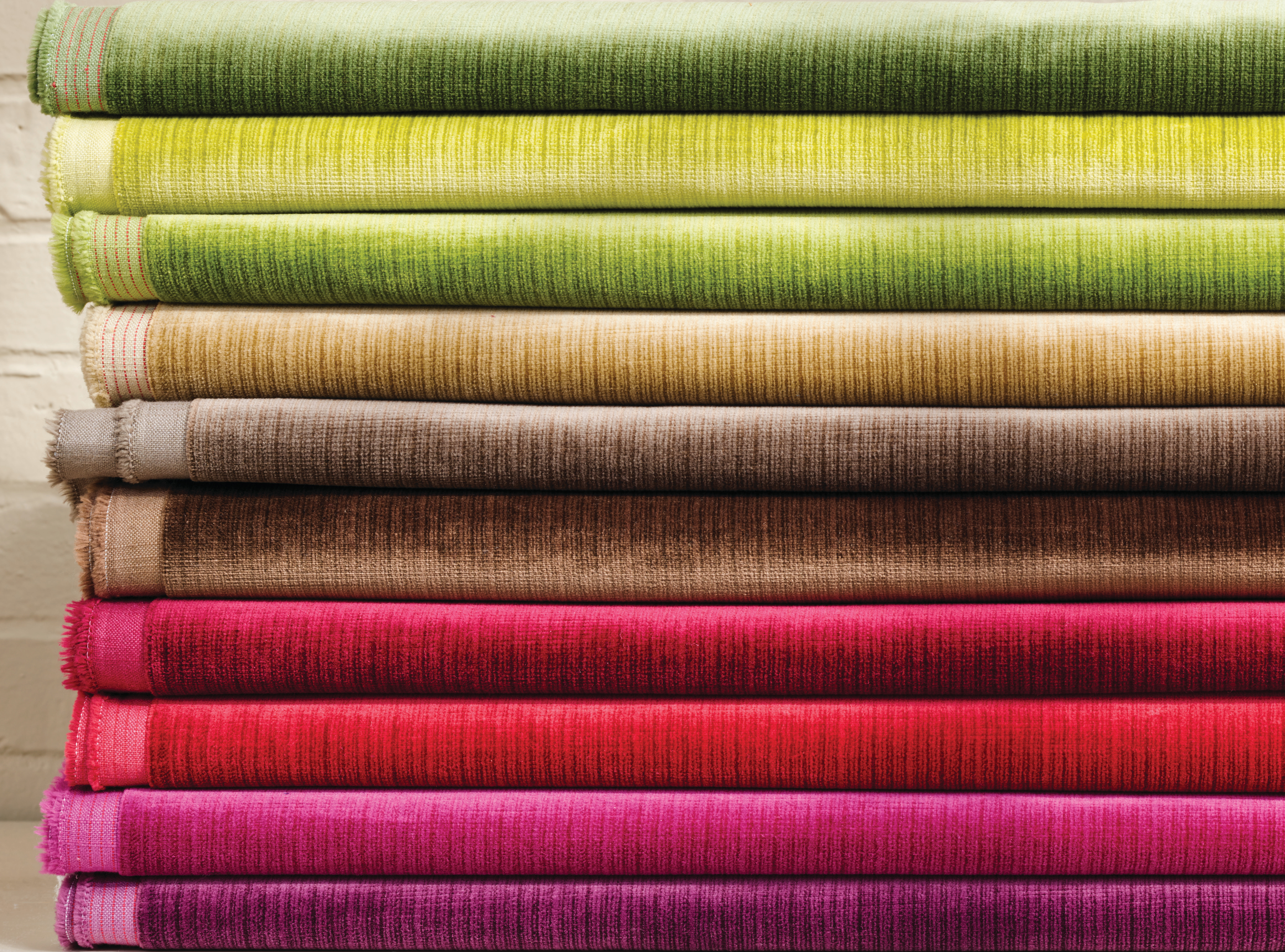Long, steamy showers, pasta sauce bubbling on the stove, children’s sticky fingerprints: Conventional wisdom says some things are utterly incompatible with wallpaper. But rather than simply painting the walls in problem areas (and re-coating them regularly as needed), a new class of vinyl wallpaper is making gorgeous pattern possible in all sorts of previously off-limits spaces (yes, even bathrooms). Read on to get to know these durable, washable wonders.
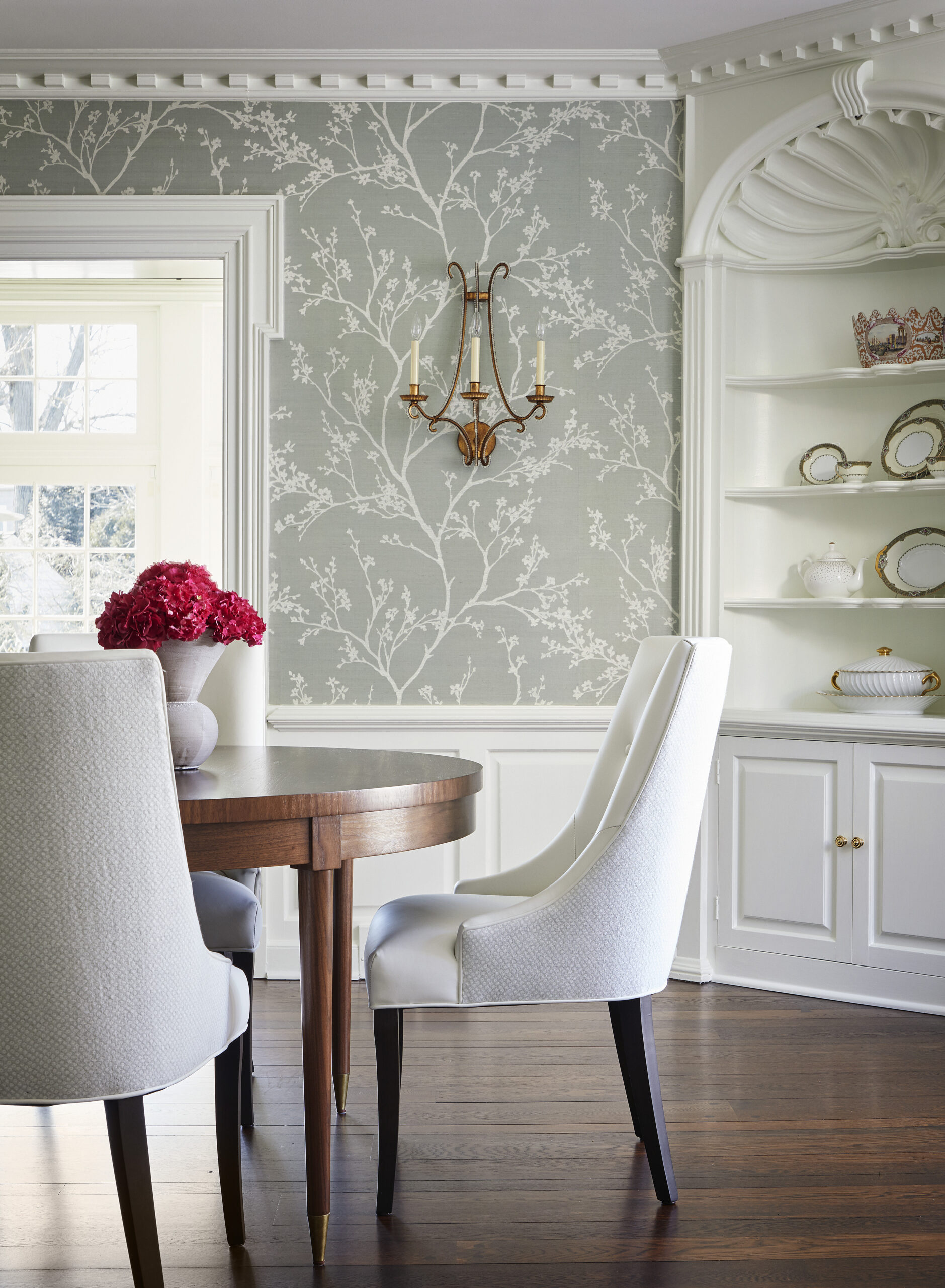
Twiggy Vinyl’s delicate blossoms create an elegant setting for grown-up gatherings in this dining room by Amy Kartheiser Design—and its high-performance finish can withstand kids’-table messes, too.
Werner Straube PhotographySetting the Record Straight: What Is Vinyl Wallpaper?
Loosely speaking, it’s any kind of wallcovering with a polyvinyl surface. Compared to uncoated wallpapers, vinyls offer a much greater degree of resistance to grease, moisture, and stains, making them a go-to for splash-prone spaces where wallpaper wouldn’t normally get the green light—think kitchens, baths, and utility rooms. They’re also cleanable, a win in children’s bedrooms and other areas where little hands tend to leave their mark.
Certain types of vinyl wallcoverings are more durable and washable than others. Here are three basic categories to look for:
- Vinyl-coated wallpapers have a patterned paper base finished with a protective film of polyvinyl. These designs can be gently cleaned with a sponge, making them suitable for bathrooms and other spaces that come into frequent contact with water.
- Coated-fabric and fabric-backed vinyls have a thicker layer of polyvinyl coating, and the decorative pattern is part of the vinyl itself. These designs are generally more durable and can withstand a little scrubbing with a gentle detergent—but they can show wear in areas prone to dings and scratches or heavy soiling.
- Solid vinyl wallcoverings, consisting of a solid polyvinyl layer bonded to a fabric backing, are the most durable option of all. Solid vinyls are stain-resistant, can take more scrubbing than any other type of wallpaper, and can endure the bumps and bruises that come with high-traffic spots. In general, these hospitality-grade finishes are made to last.
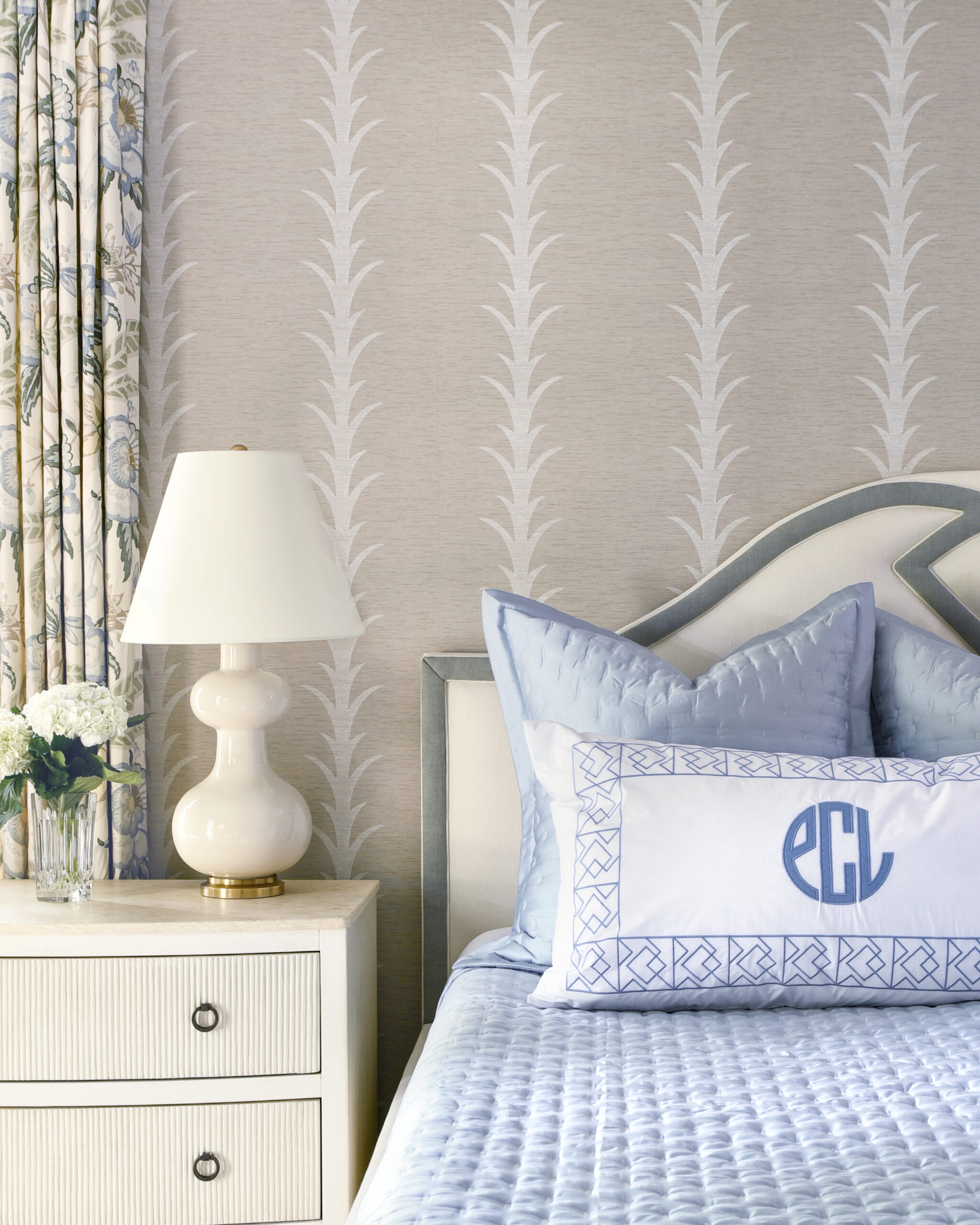
With its rich texture and sophisticated coloration, Celerie Kemble’s Acanthus Stripe Vinyl lends depth and dimension to a serene bedroom by Hadley Quisenberry of West Trade Interiors.
Erin ComerfordThe Many Benefits of Vinyl Wallpaper—and Where to Use It
Living Rooms
Enjoy entertaining? Then you’re surely familiar with folks who like to lean into your hospitality—and your walls, leaving behind reminders of last night’s party. Not so with vinyls, which can be easily cleaned the next day.
Hallways
Prone to the nicks and dings that occur with the passage of time (not to mention people, pets, furniture, laundry baskets, and suitcases), hallways often call for a highly durable finish. Thicker vinyls are a great choice here—especially if you’re covering walls that have begun to show their age, since fabric-backed and solid vinyl wallcoverings can help hide pockmarks and surface imperfections.
Bathrooms
Uncoated patterned wallpapers are typically reserved for statement-making, low-traffic powder rooms, but vinyl-coated papers—moisture resistant and impervious to the steam of the hottest shower—make it possible to step out of your morning soak and into the embrace of delicately rendered birds, butterflies, and climbing branches.
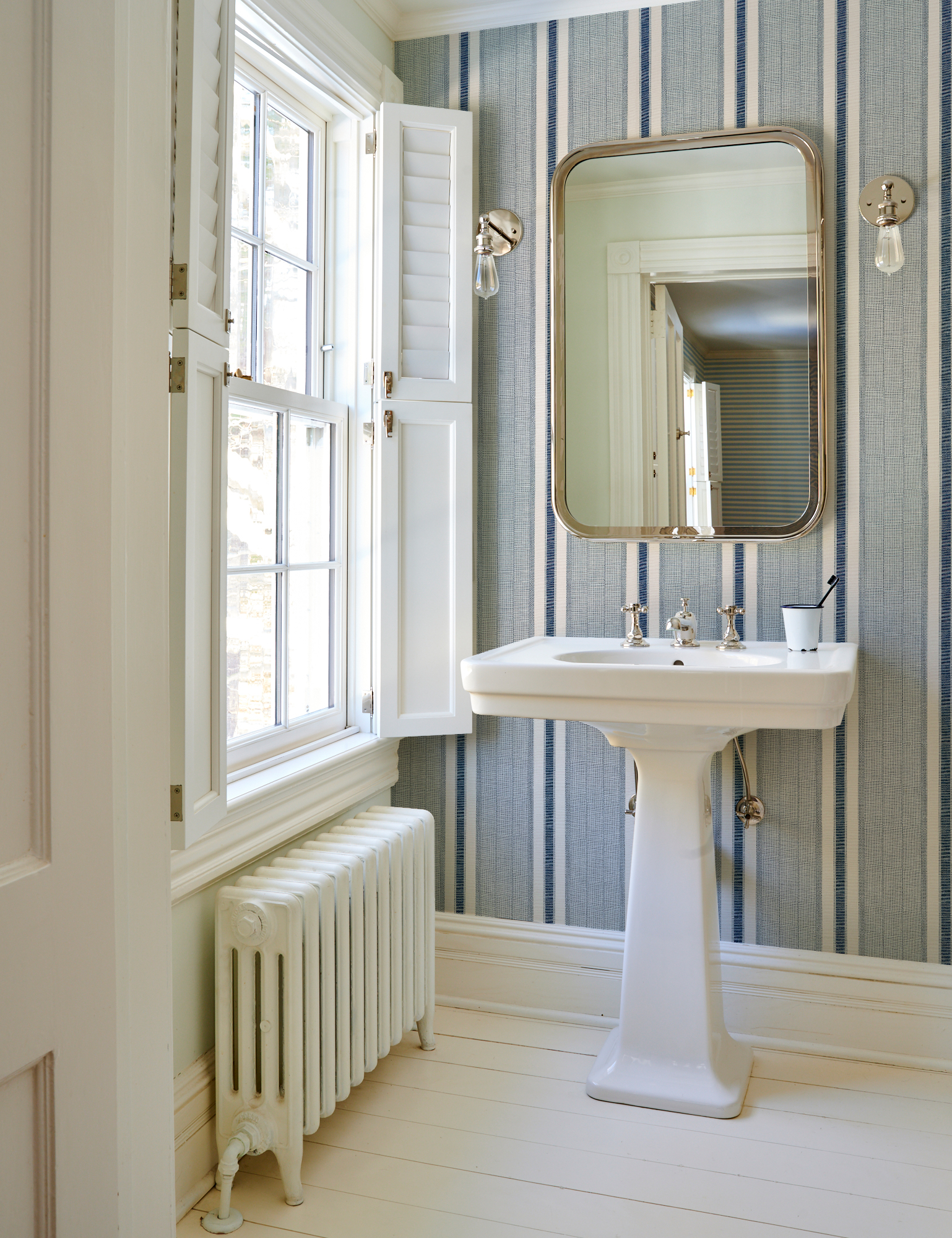
Part of Schumacher’s collaboration with London-based design studio A Rum Fellow, Ipala Stripe Vinyl combines an artisanal sensibility with a remarkably durable finish.
Sunrooms
Faded elegance is not to everyone’s taste. Thanks to its light-resistant properties, vinyl is a great choice for sunrooms, pool houses (where its moisture resistance is a welcome bonus), and spaces with southern exposures.
Kid- and Pet-Friendly Hangouts
Vinyl wallpaper allows you to add pattern to playrooms, mudrooms, and no-adults-allowed lairs without worrying about where they’re putting their hands, paws, or wet noses.
High-Gloss, High-Impact Spaces
Vinyls can really shine, too—in the best possible way. While the brilliant look of lacquer is notoriously hard to achieve, Schumacher’s Ace Faux Lacquer Performance Vinyl gives walls a glamorous gloss that’s infinitely easier to apply than the real thing. It’s also washable and durable, making it perfect for home bars, high-traffic areas, and any place you want to pair drama with ease.
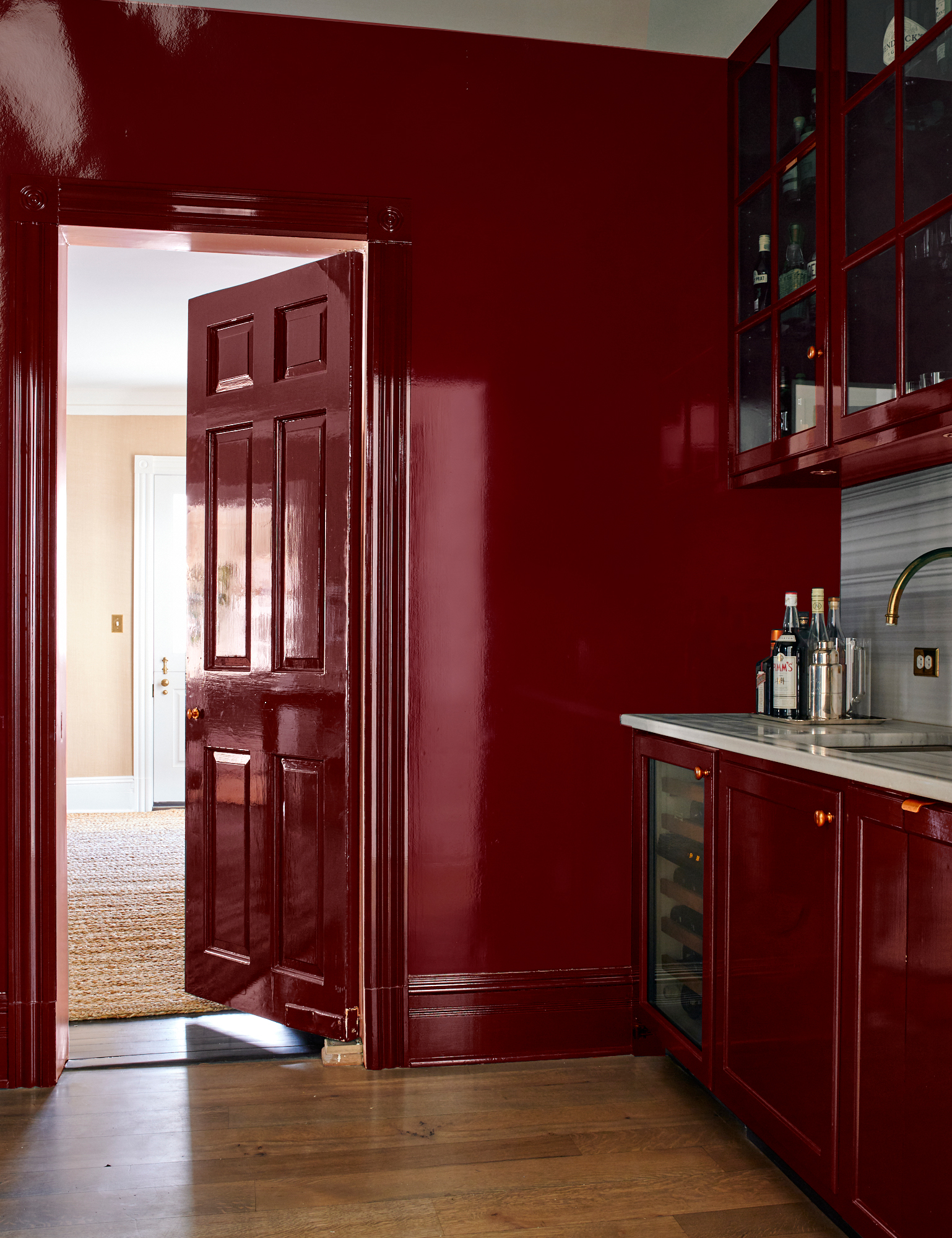
The high-gloss finish of Schumacher’s Ace Faux Lacquer Performance Vinyl can transform a room into a luminous jewel box—all while protecting its walls from nicks, dings, and splashes.
Ready to Install? Read This First!
- The thickest fabric-backed and solid vinyl wallcoverings can be surprisingly heavy, which makes installation tricky. Be sure to choose a professional installer who has plenty of experience with vinyls.
- The properties that make vinyls so wonderfully washable also make them less breathable than uncoated wallpapers. Think twice before using them in basements or other especially damp environments where moisture might become trapped inside the walls.
- Not all vinyls are created equal. Inexpensive versions can appear unappealingly artificial (think the cheap, plastic-y 1970s-era vinyls), whereas the finest examples (like Schumacher’s Acanthus Stripe) are embossed with texture that has all the appeal of grasscloth and other natural materials. Before installation, be sure to test a sample and note how the light hits it from many different angles and at different times of the day.

